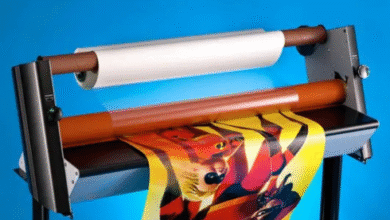Pest control experts perform inspections to look for signs of termites around your home. This helps them determine whether an infestation is active or not. Signs of termite activity include wood damage, termite droppings, winged swarmer termites, and shelving. The presence of mud tubes is an obvious sign that termites have infested your home. if you see these tubs in or around your home, contact a Saela Pest expert for treatment. This post talks about mud tubes, their uses, and the steps you must take when you see them:
What to Know About Termite Mud Tubes
Mud tubes are structures that termites create to serve as pathways from their nest to a source of food. Termite mud tubes or tunnels are made using a combination of soil, termite excrement, and saliva. Such amalgamation forms a sturdy and cohesive substance to build a structure that protects termites and their nests.
The soil particles provide the tubes’ structural integrity, giving a foundation that lets the tunnels adhere to different surfaces. Termite saliva serves as a binding agent, which helps in material cohesion and improves the tubes’ overall stability. In addition, termite feces contribute to building a resilient barrier that protects termites while they navigate through the passageways they have built.
Reasons Termites Build Mud Tubes
Mud tubes serve many important purposes in a termite colony’s life. They contribute to termite survival, efficient foraging activities, and protection. Below are the purposes of mud tubes:
- Shelter and protection. Termites build mud tubes to give them protection and shelter. Such structures are made a hidden pathway that protects termites from predators, the elements, and other possible threats while they travel to food sources from their nests.
- Moisture regulation. Termites are quite sensitive to humidity level changes. They build mud tubes to create a controlled tunnel environment. This is vital to their survival because maintaining certain humidity levels is important for the well-being of termites.
- Temperature control. Termite mud tubes serve as insulating structures that protect termites from temperature changes. The creation of a stable microenvironment allows the tubes to help termites keep optimal temperatures necessary for their metabolic processes.
- Hidden foraging. Mud tubes allow termites to forage for food without being exposed to external threats. By building such structures, termites can discreetly move from their nest to a possible food source, reducing the risk of being detected by predators.
- Optimal foraging activities. Termites strategically constructed mud tubes to come up with efficient and direct routes for their travel. With such a design, they can quickly and seamlessly navigate the tunnel and optimize their foraging activities.
- Communication and orientation. When termites build the tubes, they leave behind pheromones that act as a communication means within their colony. Such pheromones guide and orient termites, guaranteeing a coordinated effort in constructing and keeping their mud tubes.
Preventing a Termite Infestation
Spotting termite mud tubes can mean an active termite infestation exists. Getting rid of the tubes on your own may be tempting; however, this won’t have an impact on the nest and may only encourage the pests to build new tubes in harder-to-find and treat locations. Thus, professional assistance should be sought to treat an infestation effectively and prevent a new one from developing.






ghjhk